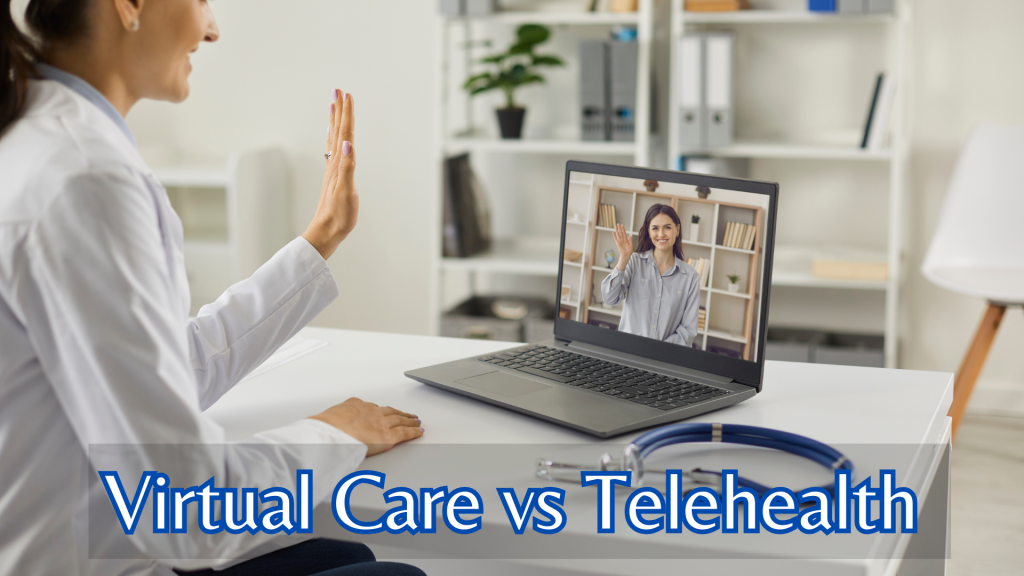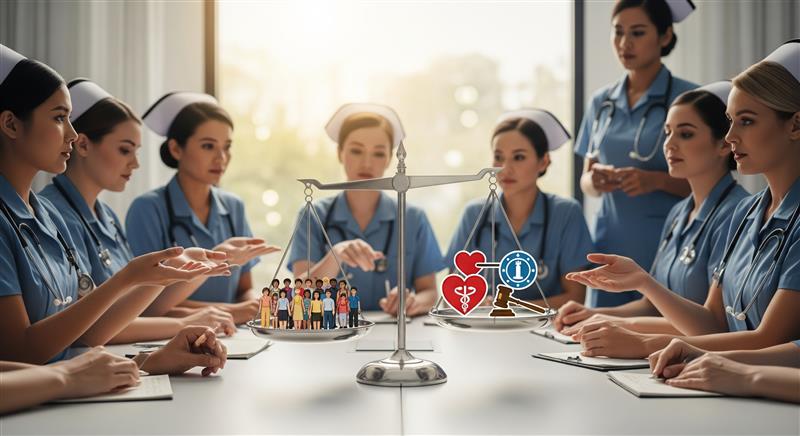- Oak Brook:(630) 705-9999
- Chicago:(312) 920-8822
- Email:inquiry@vervecollege.edu
- Make a Payment
- Home
- Programs
- Admission
- Resources
- ATI Entrance Exam Resources
- New E-Digital Library
- Refer a Friend
- School Newsletter
- Events
- Employers
- Job-Network
- Alpha Beta Kappa Candidates
- Verve College Library
- Graduation and Pinning Ceremony Photo Galleries
- Textbook Information
- Career Services
- Tutoring
- School Catalog
- FAQ
- Constitution Day Program
- Alumni
- Verve College Plans
- Financial Aid
- HEERF Reporting
- Satisfactory Academic Progress
- Apply For Financial Aid
- Net Price Calculator
- Return of Title IV Funds (R2T4)
- Financial Aid Office Code of Conduct
- Contact
- FAQs
- Verification Policy
- Vaccination Policy
- Student Right-to-Know Act
- Misrepresentation
- Information Security Program
- Academic Award Year
- Availability of Employee
- Cost of Attendance
- Health & Safety Exemption Requirement
- Students Rights and Responsibilities
- Leave of Absence
- Pell Formula
- Military Students
- Grants/ Scholarship Policy
- Contact Us
- Testimonials
- Blog
Is a Nursing Career Right For You?
Take The Free Quiz
Virtual Care vs Telehealth – Understanding the Differences
Virtual Care vs Telehealth – Understanding the Differences
Advancements in technology have revolutionized health systems, particularly remote care and medical treatment. Terms like virtual health or telehealth often get used interchangeably despite having different meanings and implications; healthcare providers, as well as patients, need to understand these distinctions to fully utilize innovative solutions like these effectively. LPN programs aid students with this knowledge.
Let’s examine definitions and subtleties associated with virtual care vs telehealth here.
What is Virtual Care?
Virtual care refers to any healthcare service delivered remotely using digital communication tools, including consultations, assessments, continuous monitoring of patients, and treatments provided remotely using these digital platforms. Virtual visits were intended to bridge the gap between patients and medical professionals by offering high-quality care in the comfort of your home or anywhere with internet connectivity – something telemedicine cannot.
Virtual Care Services
Virtual care services come in various forms and varieties. Virtual care encompasses an assortment of remote-delivered services. Examples may include:
Virtual consultations: These appointments take place remotely via video or teleconferencing platforms and enable patients to consult healthcare providers remotely about symptoms, obtain medical advice and receive treatment recommendations.
Remote monitoring: Virtual option allows healthcare providers to remotely track patients’ vital signs, chronic conditions, or post-op recovery using wearable devices or mobile apps, allowing quality healthcare service providers to intervene early and make necessary modifications in real time to the patient’s treatment plans.
Digital health platforms: Online platforms, mobile applications, and self-assessment instruments give patients access to educational materials and customized health data, allowing them to participate actively in their healthcare decisions while making well-informed choices.
Electronic prescriptions: Many virtual care services now allow patients to receive electronic prescriptions directly at pharmacies – this increases convenience and accessibility for the patients receiving the medications prescribed to them by healthcare providers.
Mental health support: Virtual care has emerged as an innovative strategy to broaden patient access to healthcare services for mental health, with video therapy sessions, counseling platforms, and apps providing people access to licensed professionals for therapy or counseling remotely via the Internet. Evening LPN programs educate students about different kinds of care services.
What is Telehealth?
Telehealth is the use of technology for remote healthcare delivery services that involve diagnosis or treatment for patients remotely, such as diagnosis or treatment by healthcare providers; such services utilize video conferencing or phone calls as communication platforms among providers, patients, and third parties in real-time; in many instances, it also makes use of special medical equipment that allows healthcare providers to collect essential patient care data such as glucose levels, blood pressure or heart rates from remote locations.
Types of Telehealth Services
Telehealth is an umbrella term covering various remote healthcare facilities that provide clinical and follow-up care, with several key categories. Here are the most frequently employed types of Telehealth:
Telemedicine consultations: Real-time video conferencing between healthcare professionals and patients allows for diagnosis, treatment, and management of various medical conditions through Telemedicine services. Patients can receive expert medical advice without in-person visits.
Remote patient monitor (RPM): Remote patient monitoring uses medical technologies and devices to transmit patient data such as vital signs, blood glucose levels, or electrocardiograms from their location to the healthcare workforce remotely, so patients recovering from surgery or chronic illnesses can be monitored remotely.
Save-and-forward telehealth: Save-and-forward telehealth is the safe transmission of healthcare provider-specific data such as images, lab test results, or electronic health records to another healthcare provider for consultation and review, providing experts an opportunity to give expert opinions or make suggestions without directly having contact with patients.
Telepsychiatry: This provides remote mental healthcare services such as assessments, therapy sessions, and medication management, providing convenient access to professionals for those living in rural areas or with limited mobility.
Telestroke: Telestroke allows healthcare providers at emergency departments to access stroke specialists remotely for the assessment of symptoms quickly by video consultation or image sharing or to guide local healthcare teams in providing time-sensitive interventions.
Virtual Care Vs Telehealth Care
While virtual and Telehealthcare shares many similarities, some distinct distinctions between virtual care vs telehealth are as follows:
Scope: Telehealth focuses on clinical and medical care delivery through real-time interaction between healthcare providers and patients. Telehealth services may include telemedicine consultations and remote patient monitoring. In contrast, the virtual care model encompasses clinical and nonclinical remote healthcare delivery, such as digital health platforms, nonclinical consultations, and telemedicine consults.
Tech usage: Telehealth relies heavily on video conferences, audio calls, remote monitoring devices, and other technologies for interactions between patients and providers directly. Medical equipment used for data collection. Virtual care encompasses more technologies, including messaging platforms, mobile apps, and Artificial Intelligence powered bots that offer healthcare remotely.
Focus: Telehealth places more of an emphasis on clinical services for diagnosing, treating, and monitoring medical conditions. It addresses specific medical needs that need direct medical attention; virtual care extends this notion further with patient engagement opportunities such as self-care and access to non-healthcare management-related information resources and databases.
Virtual Care vs Telehealth: Make Your Choice
Virtual Healthcare services include clinical interactions between healthcare providers, patients. Telehealth provides real-time interaction between healthcare providers, patients, and stakeholders, including video consultations or remote ongoing monitoring. LPN schools ensure students have clarity on the differences between these services.
Want to Make a Career in Nursing? Get More Information About Our Courses!
Telehealth and virtual care should work hand-in-hand for optimal health care systems to deliver comprehensive patient-centric care services by employing both remote care solutions together.
 Sign up
Sign up Login
Login




